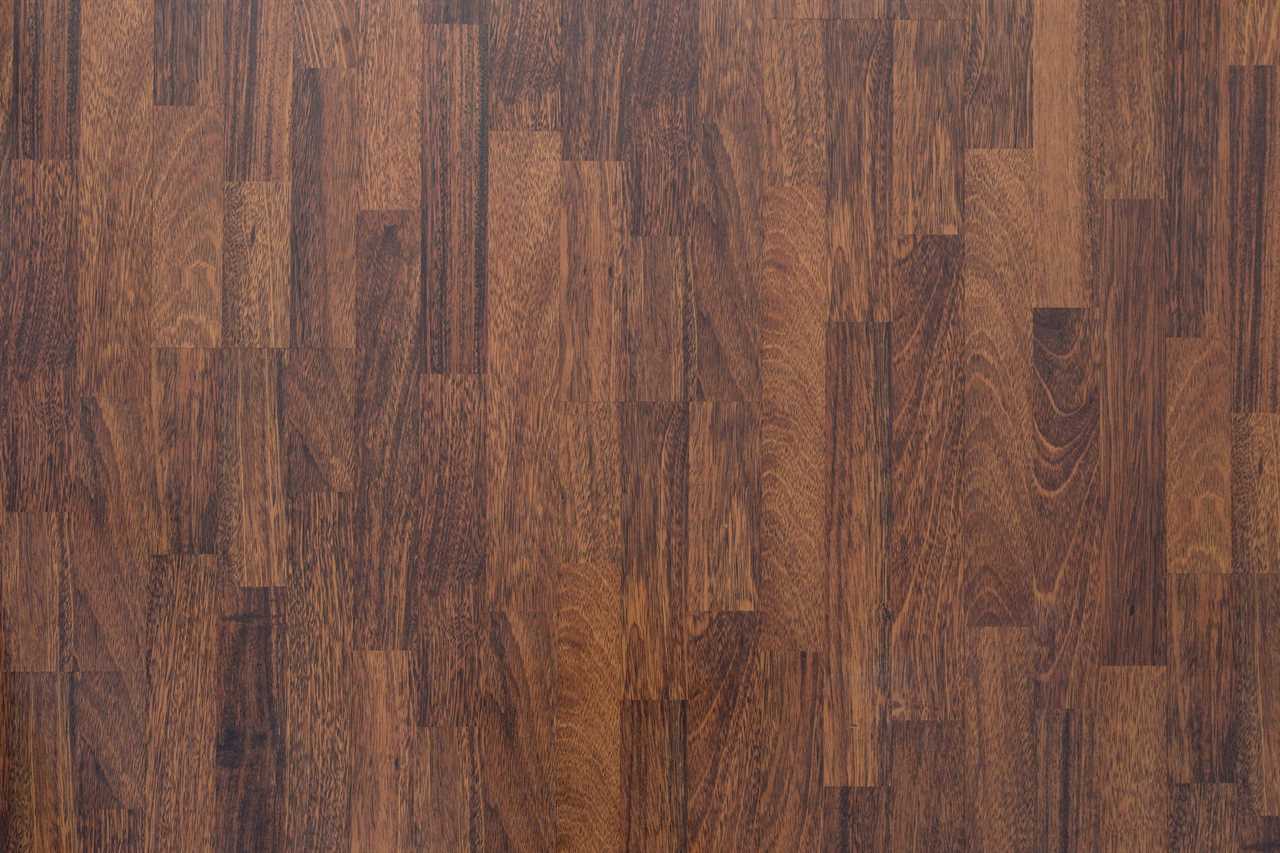Commanding almost 29 percent of the flooring market share in 2020 according to Statista, resilient vinyl flooring has risen in popularity to leave laminate far behind, with a 12.5 percent share.
Things weren’t always this way. Laminate used to be the more popular flooring material, and millions of homeowners still choose it over vinyl. Laminate and vinyl plank flooring actually are cousins: They were introduced to the North American market at around the same time as low-cost alternatives to hardwood, tile and other traditional flooring materials.
Vinyl and laminate resemble each other and cost about the same. But there are key differences you need to know if you’re trying to decide between them.
What Is Laminate Flooring?
The Swedish company Perstorp was the first to incorporate plastic laminate into flooring, introducing Pergo to the European market in 1984 and to North America in the mid 1990s. Its North American popularity was no doubt due to its Euro-design lineage. But today, many other companies manufacture and sell laminate flooring.
Laminate flooring boards feature four layers: a vinyl backing; a core made from medium density fiberboard (MDF) or high-density fiberboard (HDF); a design layer that bears a photographic pattern of wood or some other natural material; and a durable, transparent wear layer.
The core in laminate flooring boards is milled with a tongue and groove that allows installers to snap the boards together and leave the flooring suspended over the sub floor without being physically attached. This creates a floating floor.
What Is Vinyl Flooring?
For many years, vinyl composite tiles (VCT) and sheet vinyl were the only forms of vinyl flooring available. Both still are. However, in the 1970s, manufacturers revolutionized the vinyl flooring market by introducing luxury vinyl tiles (LVT) and luxury vinyl planks (LVP), which had more in common with laminate flooring than sheet vinyl or VCTs.
Like laminate boards, LVT and LVP are constructed in layers. From the top down: a performance wear layer covering a design layer, followed by a core, and finally a backing. Early cores were made of vinyl, but contemporary ones may be made from wood polymer composite (WPC) or stone polymer composite (SPC). Both offer rigidity and enhanced moisture resistance.
Vinyl flooring can be glued to the sub floor. But the most popular varieties feature interlocking tongues and grooves and install like laminate planks to make a floating floor.
Laminate vs. Vinyl Flooring: How Are They Alike?
During installation and after, it can be difficult to tell the difference between laminate and vinyl tile or plank floors because:
- Installation methods are similar.
- Both laminate and vinyl planks feature realistic depictions of wood, stone and other natural materials, and these depictions are becoming increasingly convincing.
- Laminate and vinyl flooring costs about the same, ranging from $1 per square foot for basic products and $6 per square foot for high-quality ones. The average cost is $3 per square foot.
- Both are low-maintenance, stain-resistant flooring options, requiring only occasional cleaning and vacuuming.
- Laminate and vinyl planks conduct heat equally well and are recommended for radiant floors.
- Both have similar lifespans, easily lasting from 10 to 25 years.
- Top-quality laminate and vinyl plank flooring can increase a home’s resale value, although the same can’t be said for inferior products.
Laminate vs. Vinyl Flooring: How Are They Different?
Laminate and vinyl planks feature plastic design and wear layers. But vinyl planks also have plastic cores, while laminate cores are made from wood composites. This is one of the most important differences between the products.
- Vinyl planks and tiles are waterproof, especially the more recent WPC and SPC products. Laminate cores are vulnerable to moisture. The planks can shrink or swell, sometimes forming gaps in particularly low humidity.
- Laminate is only available as click-lock planks. Vinyl flooring comes in more formats, including VCT and sheet flooring. Vinyl flooring is also available in a wider range of designs.
- Laminate flooring has a flat, smooth surface that more closely resembles hardwood than vinyl, which often has a textured surface that makes it look artificial.
When Is Laminate the Better Choice?

Although it’s basically plastic, the surface of a laminate floor looks like wood, making it a great low-cost alternative for homeowners who want the look of hardwood without breaking the bank.
- Laminate works best in living rooms, bedrooms and other parts of the house that are relatively dry.
- Laminate flooring has a slight advantage over vinyl for eco-conscious homeowners. Top brands are often manufactured with recycled materials, and laminate’s wood-based core will decompose in landfills.
- When it’s installed with a suitable underlayment, laminate is more comfortable and quieter than vinyl. That’s why it’s great in bedrooms and living areas.
When Is Vinyl the Better Choice?
Vinyl makes up in durability for what it lacks in authentic appearance.
- Because of its superior moisture resistance, vinyl plank flooring can be installed where laminates can’t, including basements, bathrooms, laundry rooms and mudrooms.
- The surface of vinyl flooring has more give, making it easier for pets to navigate. That, together with its superior resistance to stains from accidents, makes it a better choice for homes with pets.
- Unlike laminate, which has to be cut with a saw, vinyl can be cut with a knife. For DIYers, it’s the easier product to install.
- Because it’s available in a wider range of designs, vinyl flooring is often the better choice for homeowners trying to match existing décor or make a design statement.
Did you miss our previous article...
https://rsssuperfeeds.com/life-hacks/7-best-bathroom-window-treatment-ideas-for-2021






